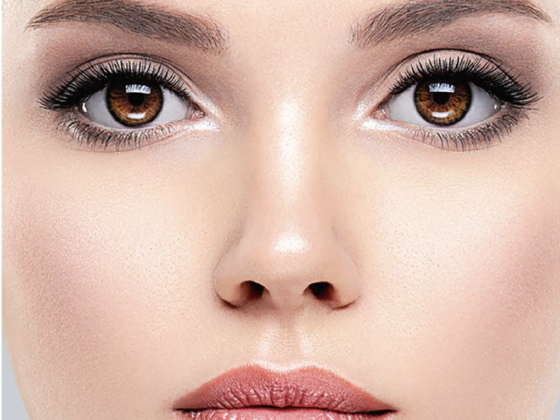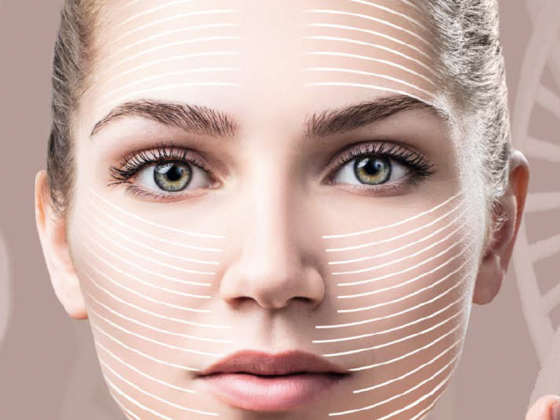The skin’s molecular clock and what it means for aging prevention and regenerative therapies
In dermatology, cosmetology or gerontological trichology, which perfectly tie in with the longevity trend, i.e. the science of longevity, chronobiology holds a special place. From the point of view of the influence of the circadian rhythm on the skin aging process, the role of melatonic – a hormone regulating the circadian rhythm and sleep – should be taken into account. From a scientific point of view, melatonin has several mechanisms of activity. One of them is its antioxidant action, i.e. reducing the level of oxidative stress. On the other hand, melatonin acts as an inducer of endogenous antioxidant enzymes, which is correlated with maintaining an appropriate antioxidant balance.
A preventive effect

Subsequently, the mechanism of action of melatonin is directed against DNA damage caused by the harmful effects of exosome factors. Additionally, it is responsible for the regulation of inflammatory processes and stimulates the the synthesis of elastin and type 1 collagen (and other components of the extracellular matrix), thanks to which it has a preventive effect on the aging process, as well as an immunomodulatory effect. As indicated by Prof. Slominski et al. in the scientific publication “Melatonin and the skin: where are we now?”, melatonin has a preventive action against photoaging. Additionally, other significant phenotypic effects in human skin were indicated, with particular emphasis on hypopigmentation, antioxidant activity, anti-inflammatory action, homeostasis of mitochondrial functions, as well as stimulation of the anagen phase in the hair follicles, i.e. the active phase of hair growth.
CONSIDERING the use of exogenous melatonin

Modern anti-aging therapies take into account the use of exogenous melatonin both in terms of oral supplementation and topical application. Local application of melatonin primarily demonstrates an antioxidant mechanism, as well as modulating the skin’s immune response. It is widely used in anti-aging care, after aesthetic treatments, as well as in scalp care preparations due to the mechanism of supporting the active phase of hair growth. However, this is not all – this care should be adapted to the needs of the skin according to the appropriate biological rhythm. In this respect, both in the case of care and supplementation, scientists draw attention to the use of NAD+ due to the important role of sirtuins (e.g. SIRT1) in chronobiology and the skin aging process. From a practical point of view, sleep disorders and circadian rhythm show particularly significant implications for the effectiveness and effects of aesthetic medicine treatments. First of all, the leading relationship is indicated with the tissue healing process, i.e. skin regeneration at the cellular level – especially in the deep sleep phase (NREM). Subsequently, sleep disorders may imply an increased risk of post-procedure inflammation that lasts longer than normal, as well as swelling due to a possible increase in the level of pro-inflammatory cytokines, e.g. the aforementioned IL-6. Similarly, the protective function of the epidermal barrier may be disturbed due to the increased level of oxidative stress. In conclusion, sleep disorders may cause disorders at the level of skin regeneration processes, which may subsequently lead to lower effectiveness of the aesthetic procedure itself, as well as extended convalescence.
The circadian rhythm, as well as systemic or local use of melatonin, demonstrates broad clinical implications in anti-aging prevention. A new direction of development is the synergy of chronobiology with skin care, as well as aesthetic treatments aimed at hallmarks of aging, which show a close relationship with proper sleep. Chronobiology and cellular health is a key, leading pillar of the future and new era of longevity and preventive medicine.
Bibliography
1. Musiał C., The role of stem cells in aesthetic medicine and cosmetology, PZWL Wydawnictwo Lekarskie, 2024, Warsaw.
2. Musiał C., Cosmetological and medical trichology, PZWL Wydawnictwo Lekarskie, 2025, Warsaw.
3. Slominski AT, Kim TK, Janjetovic Z, Slominski RM, Ganguli-Indra G, Athar M, Indra AK, Reiter RJ, Kleszczyński K. Melatonin and the Skin: Current Progress and Perspectives for Human Health. J Invest Dermatol. 2025 Jun;145(6):1345-1360.e2. doi: 10.1016/j.jid.2024.11.012.
4. Oblong JE. The evolving role of the NAD+/nicotinamide metabolome in skin homeostasis, cellular bioenergetics, and aging. DNA Repair (Amst). 2014 Nov;23:59-63. doi: 10.1016/j.dnarep.2014.04.005.
Dr Claudia Musiał

Doctor of Medical Science and Health Science in the discipline of medical science, cosmetologist specialising in bioesthetic cosmetology, trichologist; scientist in the field of experimental oncology and molecular biology. Winner of the Person of the Year 2023 award in the Art of Beauty Prestige Awards competition for innovative scientific research.
More: skinlineclinic.pl














